UCI Gravel World Championships: A comprehensive tech preview
Bike choice, tyre choice, roadside repair rules and more
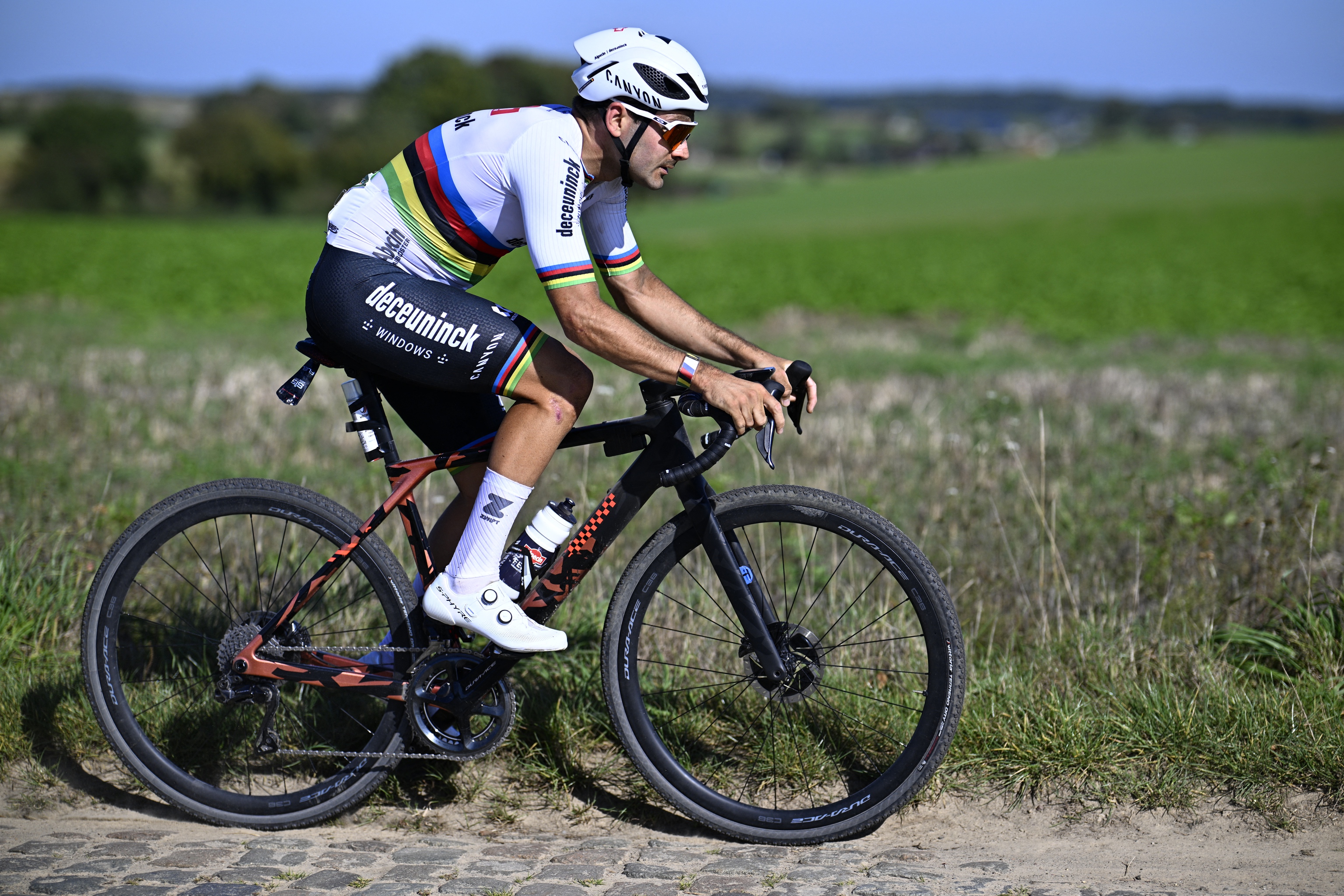
The second edition of the UCI Gravel World Championships takes place this weekend, and it looks set to be a scorcher, both in terms of warm weather and the fierce competition that will grace both the men's and women's startlines.
Running in the Veneto region of Northern Italy between Lago Le Bandie and Pieve di Soligo, the women's race will cover 140km with 1660m of climbing on Saturday, while the men's race will cover 169km with 1890m of climbing on Sunday.
The routes are set to comprise approximately a 50/50 split between gravel and paved roads, with some early sections already being described as potentially selective. Compared to the 2022 edition in which most riders used their road bikes, the 2023 course will pose significant equipment choice questions to the riders.
The sheer fact that it is a gravel race will also present a novelty to some of the field. The headline acts in the fields such as Wout Van Aert and new European gravel champion Lorena Wiebes might be well versed in multi-discipline racing, and the gravel pros such as Keegan Swenson and Sarah Sturm will be perfectly comfortable on the rougher terrain, but a huge portion of the start list will come from the WorldTour road peloton where the roads are smooth and team cars are on hand to help with any misfortune.
In this preview we'll look into the key equipment choices riders will be forced to make, overview any early clues we've been given and what considerations the riders will be trying to weigh up in their pursuit of tech perfection.

Bike choice: road bikes vs gravel bikes
We'll start with the main one: the bikes. In 2022, the gravel terrain was widely criticised for how tame it was, to the point that Specialized-sponsored gravel racer Sarah Sturm jokingly called it the "Bike Path Worlds."
Gianni Vermeesch won the men's race aboard a Canyon Ultimate CFR, and was just one of many to race a road bike adapted for the gravel with some wider tyres.
Get The Leadout Newsletter
The latest race content, interviews, features, reviews and expert buying guides, direct to your inbox!
This year, however, despite the UCI's description of a 50/50 gravel and paved split, some challenging early terrain is looking like it will sway at least some riders toward dedicated gravel bikes as they fight to stay near the front and avoid missing crucial selections.
"The start is pretty spicy," the American, Sturm, told Cyclingnews. "There's some technical, chunkier sections. And today we rode some really steep twisty turny descents."
Fellow American Alexey Vermeulen hinted at a consciousness of these early pinch points when considering his tech choices. "I think I might end up leaning the bike toward what's best in the beginning to try to move up at different points, as opposed to what's best at the end, which is how I usually race," he explained. "If you want to race for the win you've got to race for the end, but that doesn't always work when you have to get there."
Interestingly, the UCI rulebook states that riders can "change wheels during the race, but should finish the race with the same bike frame they started with." With the tougher terrain on offer compared to last year, the durability and capability of lightweight road bikes such as the aforementioned Canyon Ultimate might be a worry that riders choose to avoid.
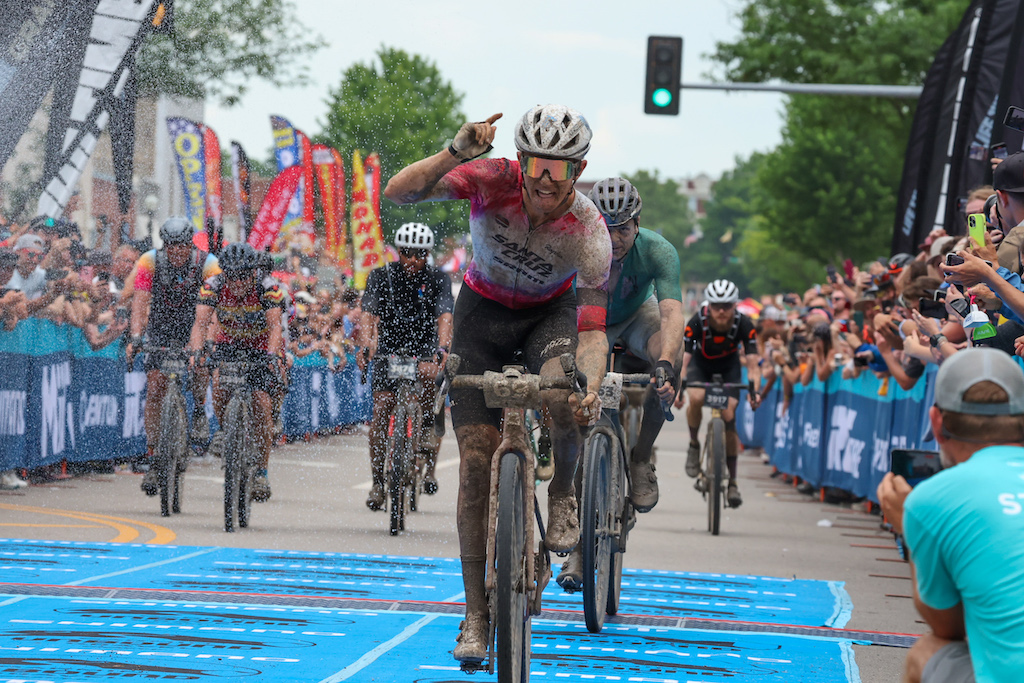
LifeTime Grand Prix and Unbound Gravel winner Keegan Swenson, who will race the World Championships for the first time this year, has confirmed to Cyclingnews that he'll be aboard his usual gravel bike, the Santa Cruz Stigmata, though his sponsor doesn't actually make a road bike.
"I'll go over there with my two Stigmatas, and then I'll have multiple chainring options, probably three or four different sets of wheels, and a variety of Maxxis tyres," he told Cyclingnews prior to travelling to Italy from the USA.
Elsewhere, thanks to some snooping at the recent European Gravel Championships, Cyclingnews understands that former European cyclocross champion, Eli Iserbyt, will be aboard a slightly updated version of Ridley's all-road bike, the Grifn. This is definitely more capable than a true road bike, but is still much more road-adjacent than the dedicated gravel bikes available, such as the Canyon Grail or the fully-suspended Specialized Diverge STR.
Colnago-sponsored gravel racer Nathan Haas has confirmed via his social media that he'll be aboard the semi-racy Colnago G3-X, while it is believed that former British Gravel Champion (and former road champion, for that matter) Connor Swift will be aboard the Pinarello Grevil. It's assumed defending women's champion Pauline Ferrand-Prevot will be aboard the same, but with the recent release of the Dogma X, a late bike change could certainly be on the cards for the two Ineos Grenadiers riders.
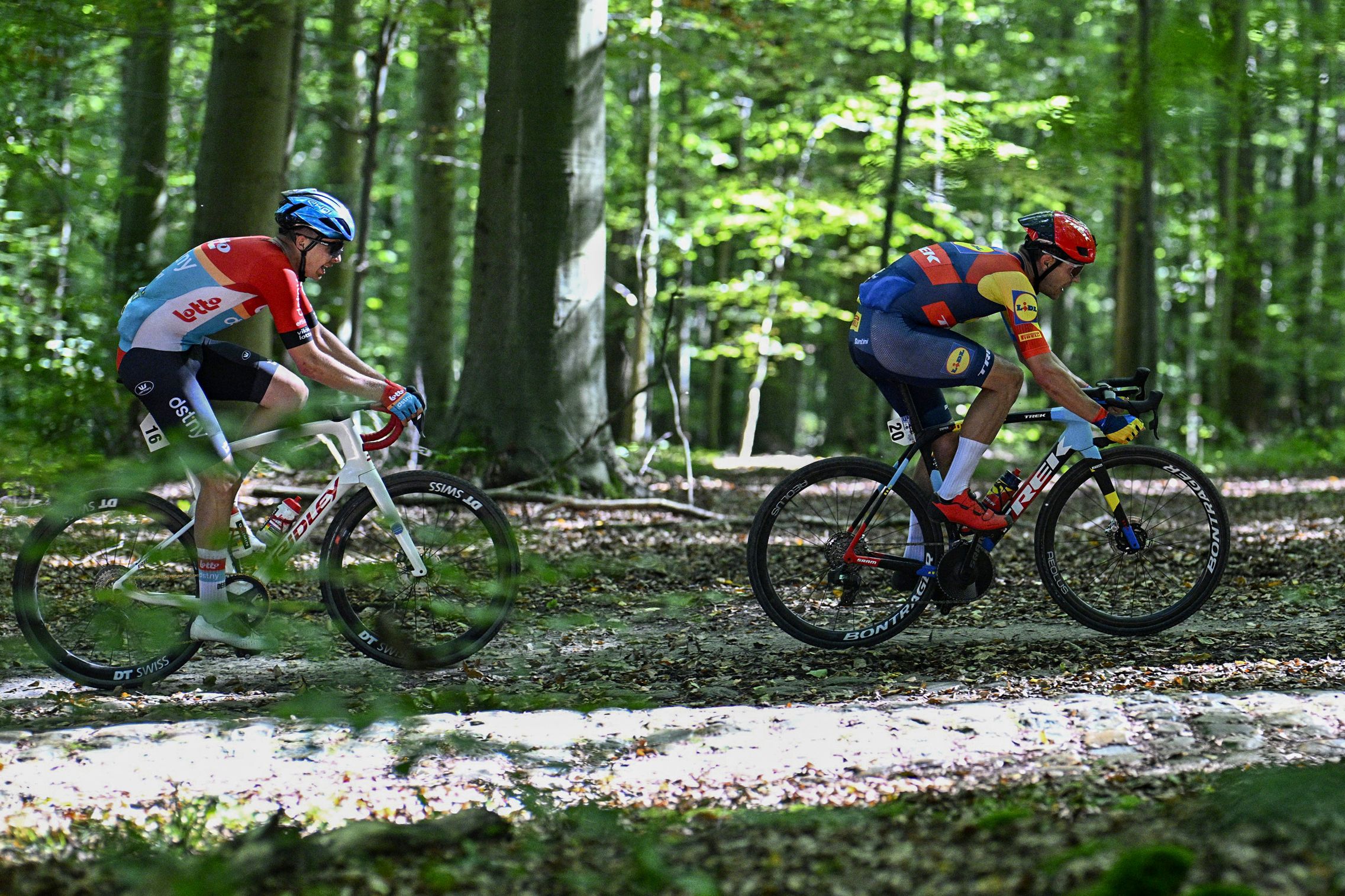
Elsewhere at the European race, current road pros Jasper Stuyven and Florian Vermeersch were aboard road bikes, with Stuyven on the Trek Emonda SLR and Vermeersch on the Ridley Noah Fast.
From the bike choices we know so far and our understanding of the course, we predict most riders will opt for their respective sponsor's racy gravel option where available. We're pretty sure we'll see road bikes in the bunch again, and there might be the odd cyclocross bike. One thing we can be certain of is that we won't see any mountain bikes, as the UCI's rules say riders must use dropped handlebars.
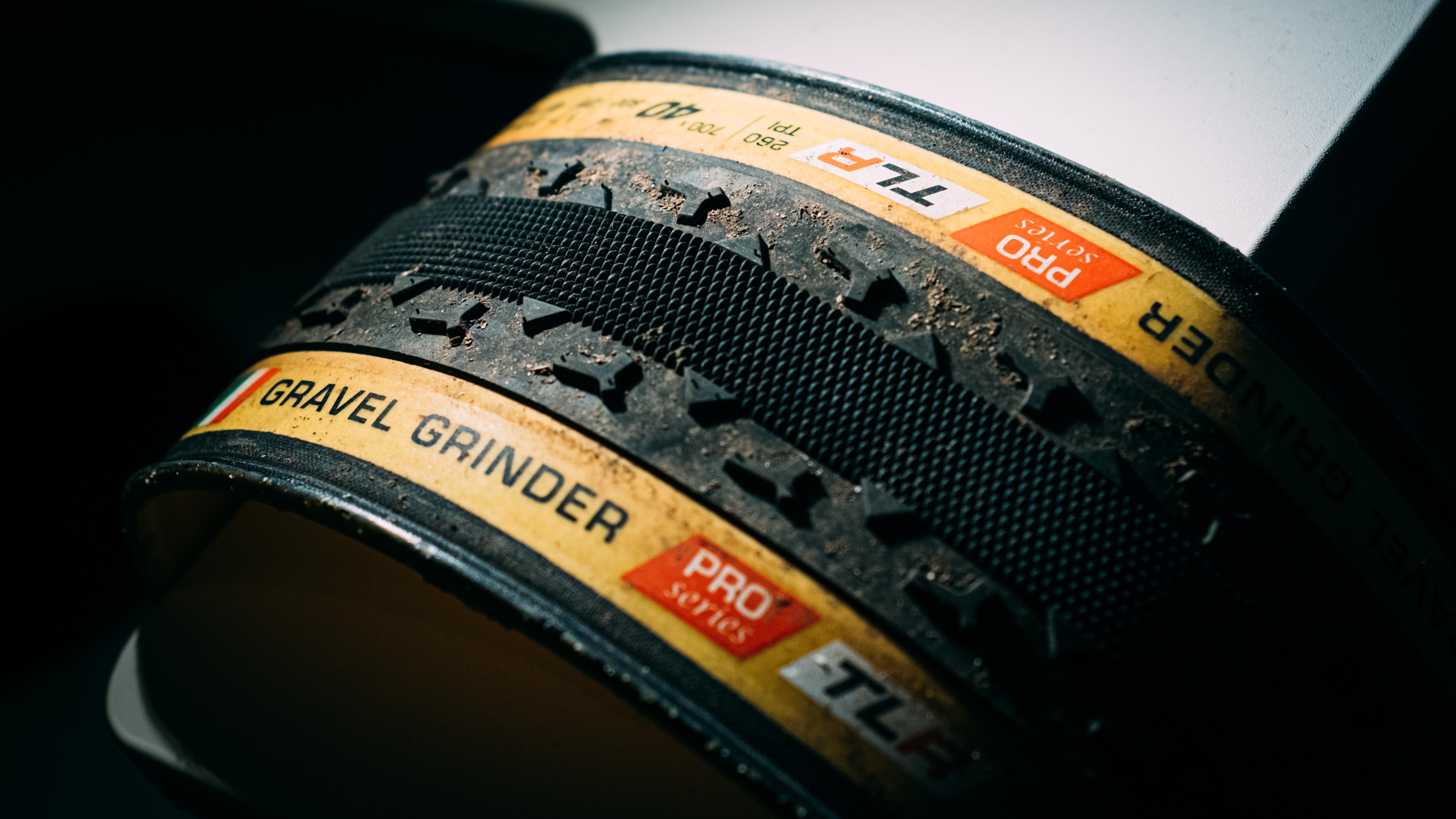
Tyre choice and pressures
The next biggest equipment choice, or at least the one that'll make the biggest difference, is tyre choice.
The UCI rulebook states "there is no minimum or maximum tyre width" for this race, so riders are free to go as wide as their frames will allow.
Naturally, with their choice of gravel tyres, riders will attempt to balance grip, comfort and speed against the terrain and the conditions on the day.
According to the forecasts, the weather in Veneto at the weekend is going to be around 25C/77F and clear all weekend, and Cyclingnews' Italy-based News Editor Stephen Farrand says it hasn't rained in the area for at least a fortnight, so we can be pretty confident it'll be dry and dusty for all racers.
As with choosing cyclocross tyres, the drier the course, the fewer knobs you need to find grip and the slicker your tyres can be. Given grip is less likely to be an issue, this will steer the riders towards slicker, faster-rolling tyres such as a file tread.
"I'm still deciding on tyres," explained Vermeulen. "Right now, I've been pre-riding on 40 millimeter slicks but I think I'm going to change the front wheel. I'm very, very undecided." He later added that "the course is proper difficult. No one is gonna be on 35 millimetre slicks, this is a true gravel race."
Swenson was preparing for all eventualities, but 40mm slicks were also in his arsenal.
Among the variety of Maxxis tyres mentioned, he confirmed he had "some narrower stuff, some 40 slicks. A full assortment."
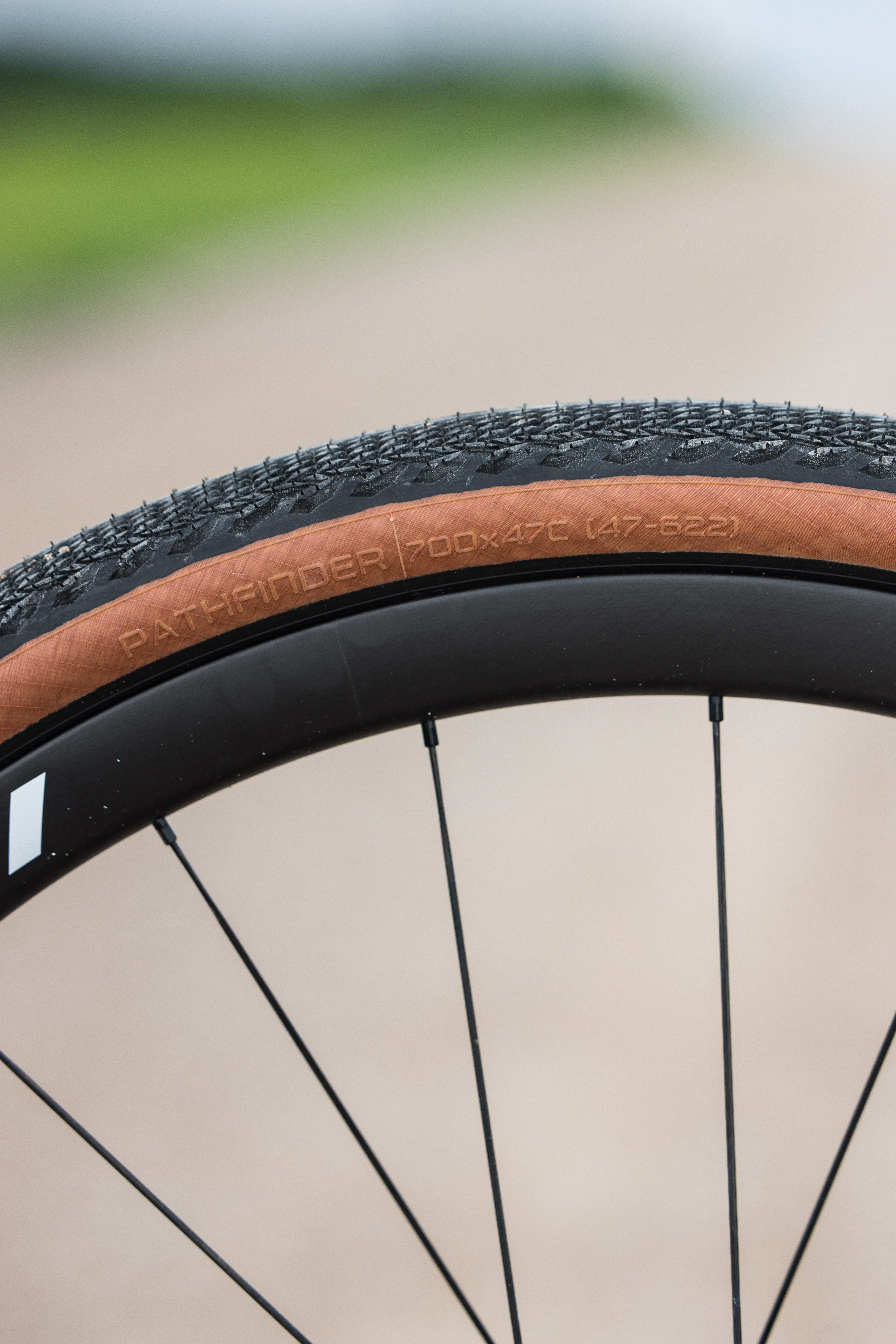
Generally speaking, wider tyres can be run at lower pressures, which means more grip and to a certain point, lower rolling resistance. Both of these can add up to more speed if done right, but given wider tyres are heavier, riders won't want to go too wide, especially given grip should be plentiful on the dry course. In addition, rolling resistance is variable depending on the terrain, so riders will spend their recon rides dialling in their tyre choice and preferred pressure to find the optimum balance across the course.
Given the speeds the riders will be travelling at – Vermeesch averaged 37.5km/h during the 2022 race – aerodynamics will also be a factor, and so riders might opt for a tyre that best melds with the width of their rim, which is often closer to 30mm than 40.
One thing we can be confident about is that the vast majority of riders will set their tyres up tubeless. Given the increased likelihood of punctures on the unpaved terrain, it's almost a given that riders will seek their self-sealing benefits.

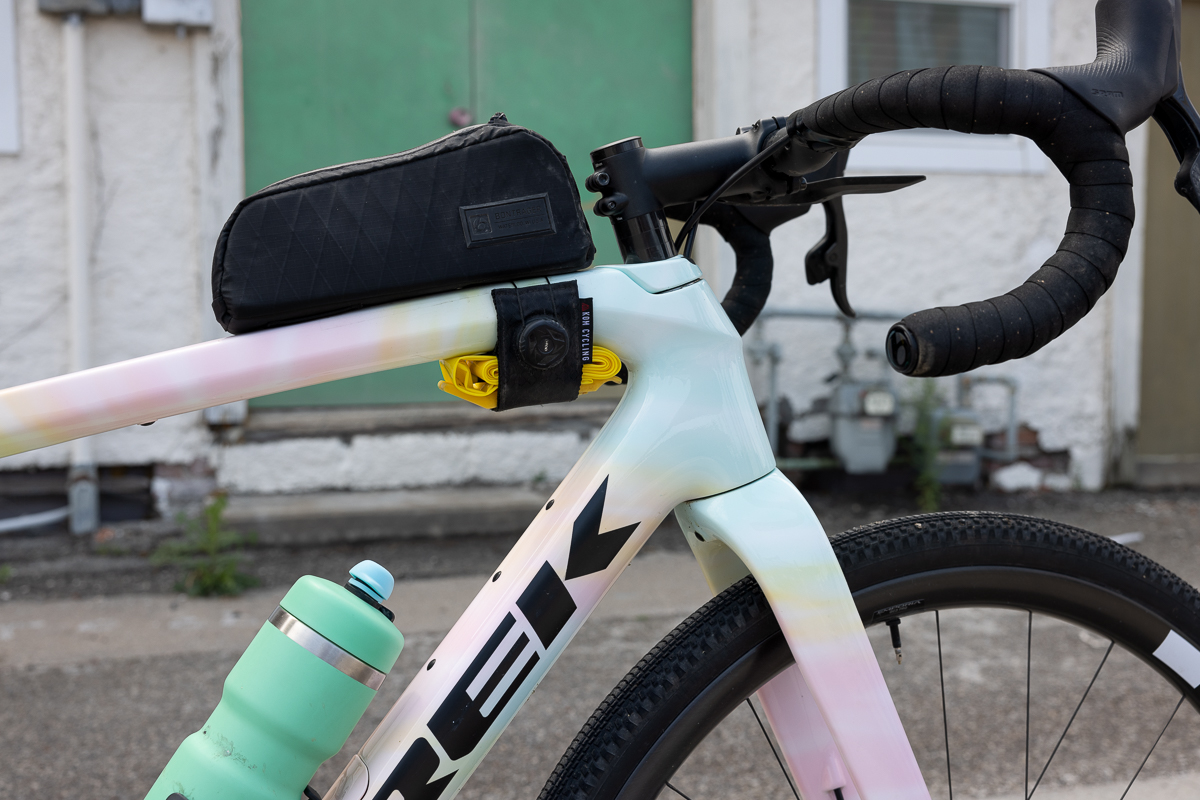
What if a rider flats?
There will be eight feed zones along the course, and at each of these there will be a tech zone in which riders and teams will be allowed to keep spare parts, tools, and mechanical support.
The UCI rulebook says "Riders can only get external technical assistance in the feed and tech zones" and "external help outside the feedzones and/or tech zones will result in a disqualification."
In addition, it also says "all riders should bring their own tools and spare tyre or tubular to the race. Tools must be foreseen in the feed/tech zones to give riders the opportunity to fix other problems."
As an aside, we can't imagine anyone will be running tubulars, but we'd love to see the images of Van Aert with a tub slung around his shoulders in a figure of eight like he's riding L'Eroica.
This means there will be no support cars with spare wheels or wheel handups from team staff at the side of the road like you often see at the end of cobbled sectors in the Spring Classics.
Self-sufficiency will play a significant role in a rider's chances for success. If a rider suffers a puncture that doesn't seal, or any other mechanical for that matter, they'll have to fix it at the roadside using spares they have on their person, or make their way to the nearest feed/tech zone where they can find support and spares.
Alternatively they can take a wheel from a teammate, because "assistance outside the feed/techzones between teammates is allowed during the race."
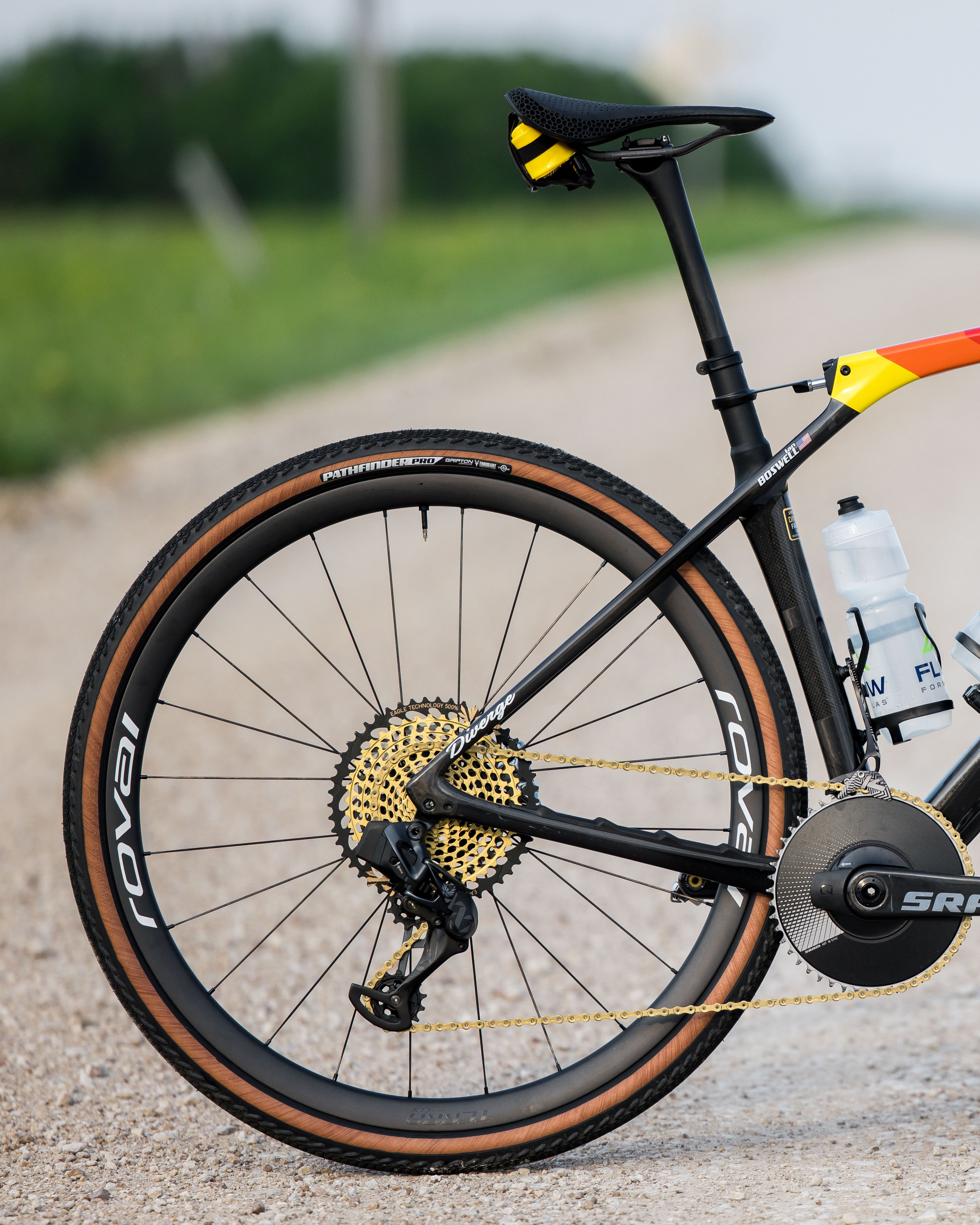
Gearing choices
Driven in most part by Jumbo-Visma, the professional road scene has seen a trend towards 1x groupsets during the 2023 season. Riders such as Wout van Aert and Primož Roglič have opted for single chainrings in a bid to save weight, improve aero, reduce chain drops and improve chainline efficiency. Roglič even opted to use a SRAM Red XPLR gravel groupset to aid his high-cadence pedalling style on the final slopes of the Giro d'Italia.
In gravel, 1x groupsets have been popular for much longer. They're still not quite ubiquitous, double chainsets still have their place among Shimano's gravel groupset hierarchy, but we predict most riders will use 1x at the race for their simplicity and weight reduction.
Whichever they choose, the steep climbs that pepper the final half of both races mean riders will be looking for a wide range of gears, with Sturm describing the final 10 miles in the women's race as "pure evil."
With that in mind, we expect to see SRAM-sponsored riders running the Red XPLR groupset with the 10-44T cassette, perhaps even swapping in a mountain bike derailleur and a larger 10-50T or 10-52T cassette if they're particularly worried about the climbs. Shimano users running 1x with the new GRX groupset will have a choice of 10-45T or 10-51T cassettes.
Up front, they'll likely pair this with a fairly sizable front chainring, at least a 46T, to help them continue pedalling at high speeds when rolling along on the flatter paved sections of the route.
As for the chain, riders will be bound by their groupset choice with regards to chain spec, but expect most riders to be running a dedicated dry lube or wax lubricant for maximum drivetrain efficiency.
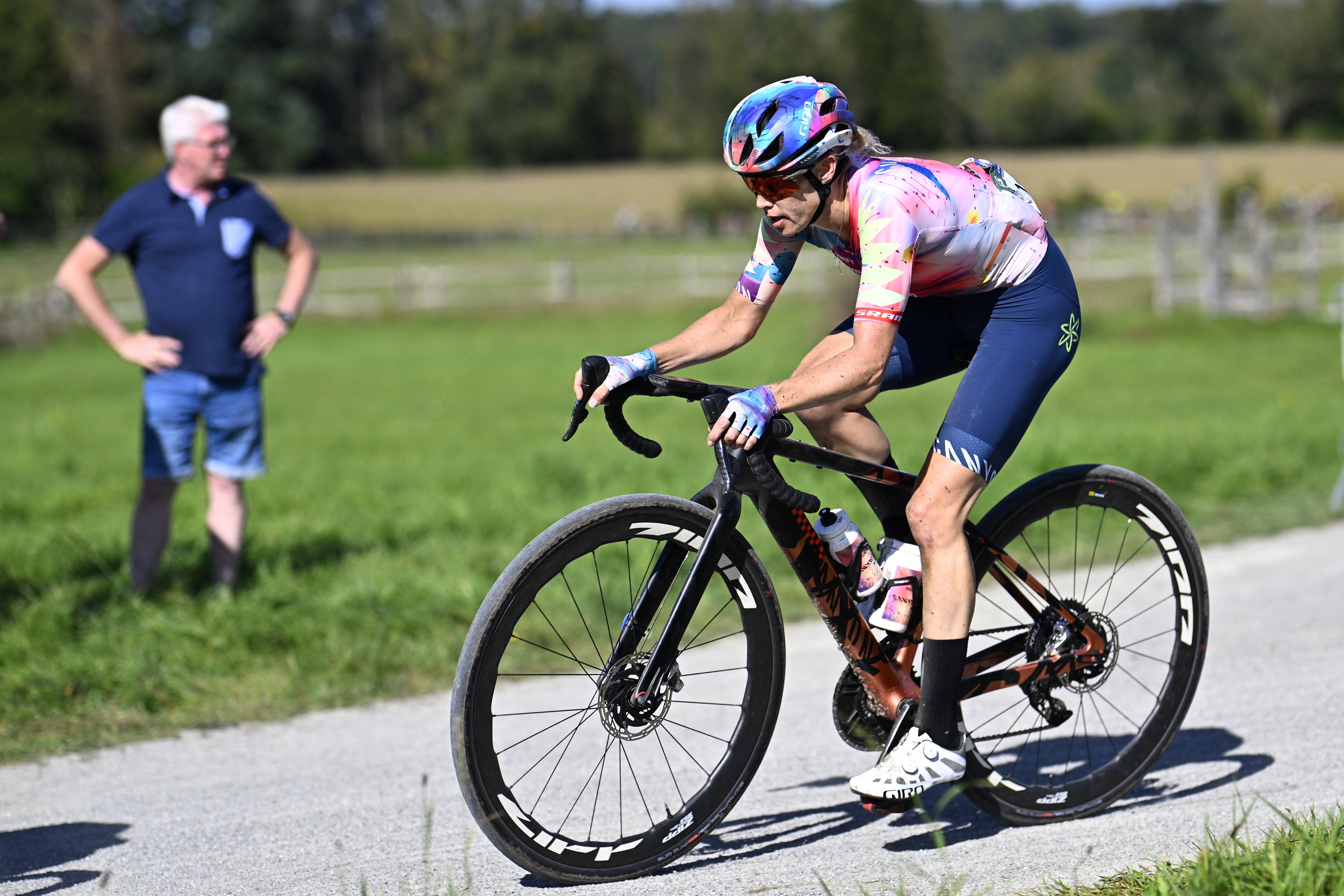
Kit choice
Given its connection to bikepacking and long distance adventure riding, gravel is synonymous with fully-laden bikes, frame bags, cargo pockets and anything else that enables a rider to carry more ...stuff.
It's unlikely we'll see much of that here though. These are World Championship races covering just 140 km / 169 km and will likely be finished in under six hours. Besides the requirement for self sufficiency with tubes and tools, riders will be unlikely to carry much on their person. Some may opt for saddle bags for these spares, while others will simply fill a pocket.
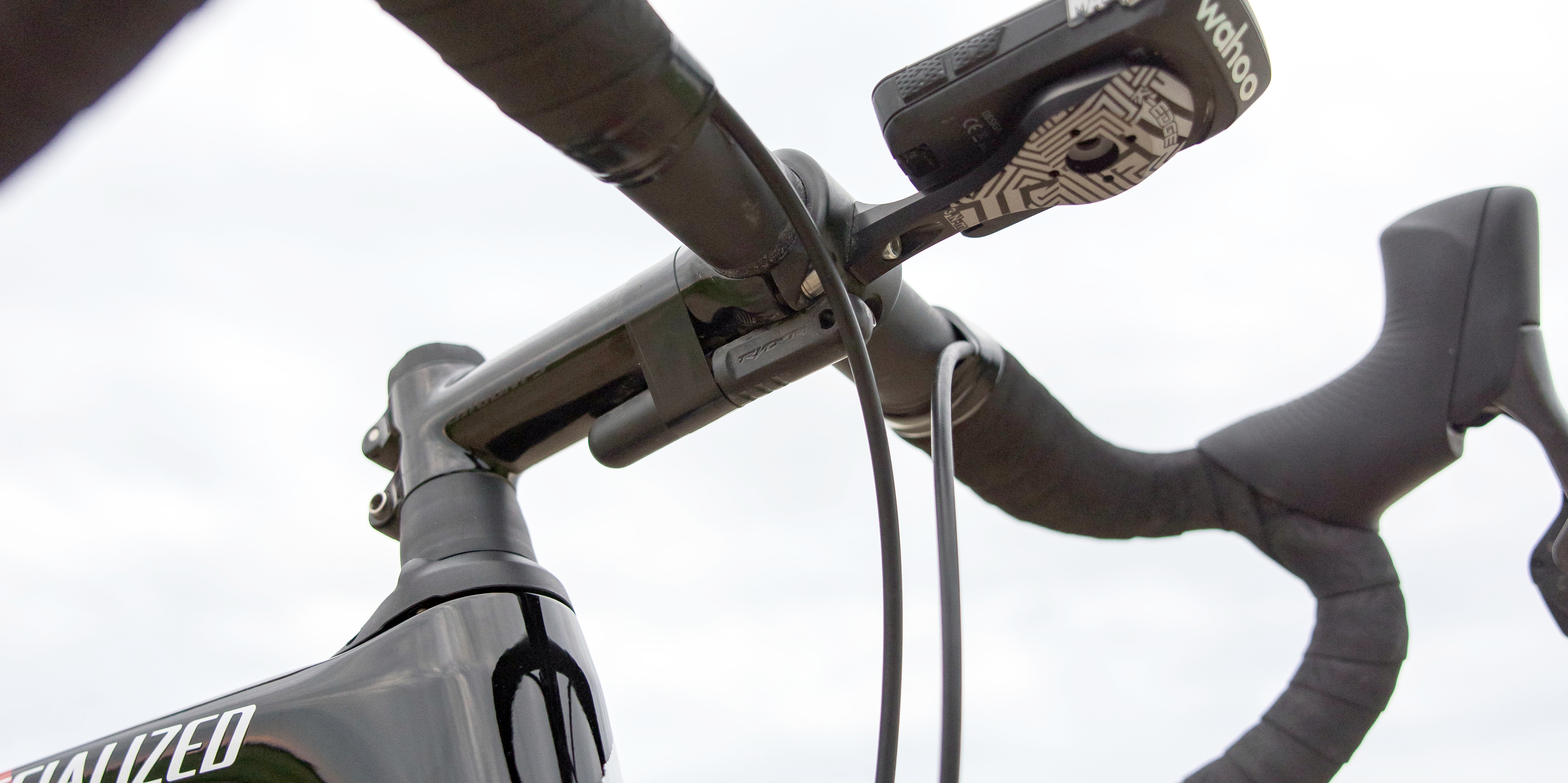
Unbound Gravel also saw some riders employ clever tricks for mounting tubeless tyre repair tools onto their handlebars, stems, computer mounts and even brake hoses. In the event of a puncture that doesn't self-seal, the quicker a rider can grab the tyre plug and stuff it into the tyre, the less air they lose and the faster they can be back rolling.
Given the potential aerodynamic benefits, we expect most riders to wear a one-piece roadsuit / skinsuit as they do in road racing, rather than separate bibs and jersey. Whichever they opt for, they'll need to be in the colours of their national federation, not team colours.
Riders will want to minimise time spent in feedzones, so some may opt for a hydration pack to carry more water, but we expect most will have someone on hand at selected feedzones to provide bottles and food.
Beyond the clothing, we're confident that most riders will opt for gravel pedals rather than road pedals. Even though the terrain should be rideable throughout, there's no guarantee that a rider won't need to dismount and run during those early pinch points. If they suffer a mechanical and need to run a good distance to the nearest feed/tech zone, they'll certainly want gravel shoes which can be run in, as opposed to road shoes which make even walking an arduous task.

Fuelling and tactics
Such a long and intense race in hot weather will need an aggressive fuelling strategy that will likely see riders aiming to drink up to a litre per hour (depending on sweat rate) while consuming between 60g and 120g of carbohydrates per hour to refuel their glycogen stores. Carrying that much food and drink from the start line will be difficult, if not impossible, and inefficient given the additional weight.
Therefore, riders will almost certainly take advantage of the feed stations along the course. There are eight of these in total, in which the UCI rulebook says "national teams and private helpers of participants can serve food/drinks and give mechanical support".
It's unclear whether teams will put riders into the role of domestique for their team leaders, or whether it'll be more of an 'every rider for themself' scenario.
Sturm told Cyclingnews that it's her "dream as someone who never raced road to be a domestique" but that she doesn't "know if the course is going to lend itself to team tactics for anyone," later adding "I'm not totally sure what the tactics would be if there if any, but I'm definitely open to the idea of it."
Team tactics in road racing play a significant role in ensuring the success of the team leader, but in gravel things are different. The terrain doesn't lend itself to drafting quite as often, and the typically more attritional nature of the race means it's much less likely that a lead rider will finish the race surrounded by his or her teammates.
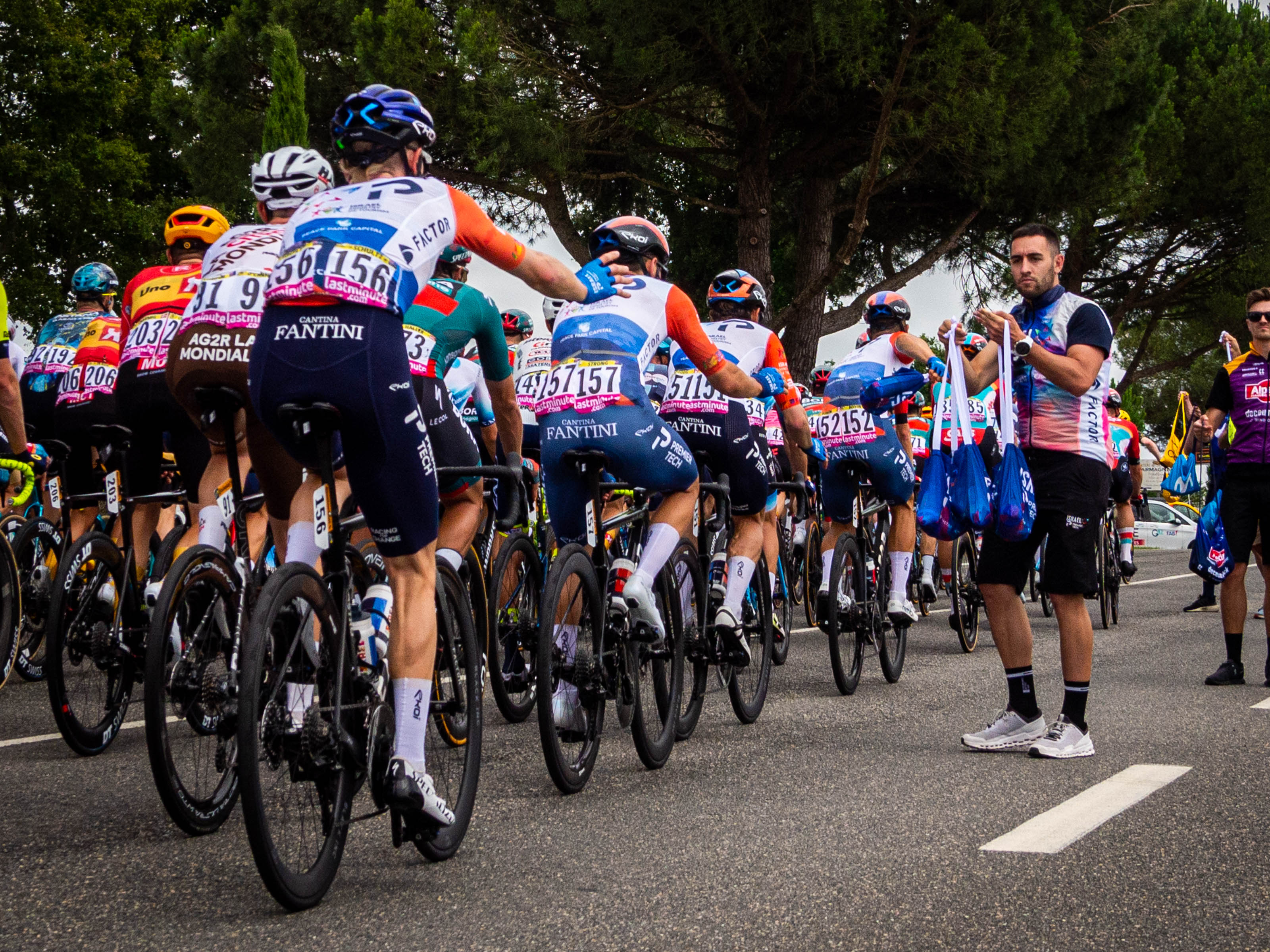
With that said, having teammates nearby to carry drinks, provide shelter from the wind where beneficial and offer mechanical support when needed, even if just for the early stages, could still make a significant difference. Therefore we expect to see the more dialed teams have leaders, who are given the freedom to blast past feedzones while helpers detour in and grab a musette before chasing back on.
Navigation
A final point on navigation, given the remote nature of the race and the not-so-car-friendly terrain. Naturally, the course will be heavily signposted and marshalled, but the UCI has also confirmed that each rider will be given the relevant GPX file for the course for their race. They will be able to upload this to their chosen route planning app such as Strava or Komoot and then push it to their bike computer.


Josh is Associate Editor of Cyclingnews – leading our content on the best bikes, kit and the latest breaking tech stories from the pro peloton. He has been with us since the summer of 2019 and throughout that time he's covered everything from buyer's guides and deals to the latest tech news and reviews.
On the bike, Josh has been riding and racing for over 15 years. He started out racing cross country in his teens back when 26-inch wheels and triple chainsets were still mainstream, but he found favour in road racing in his early 20s, racing at a local and national level for Somerset-based Team Tor 2000. These days he rides indoors for convenience and fitness, and outdoors for fun on road, gravel, 'cross and cross-country bikes, the latter usually with his two dogs in tow.